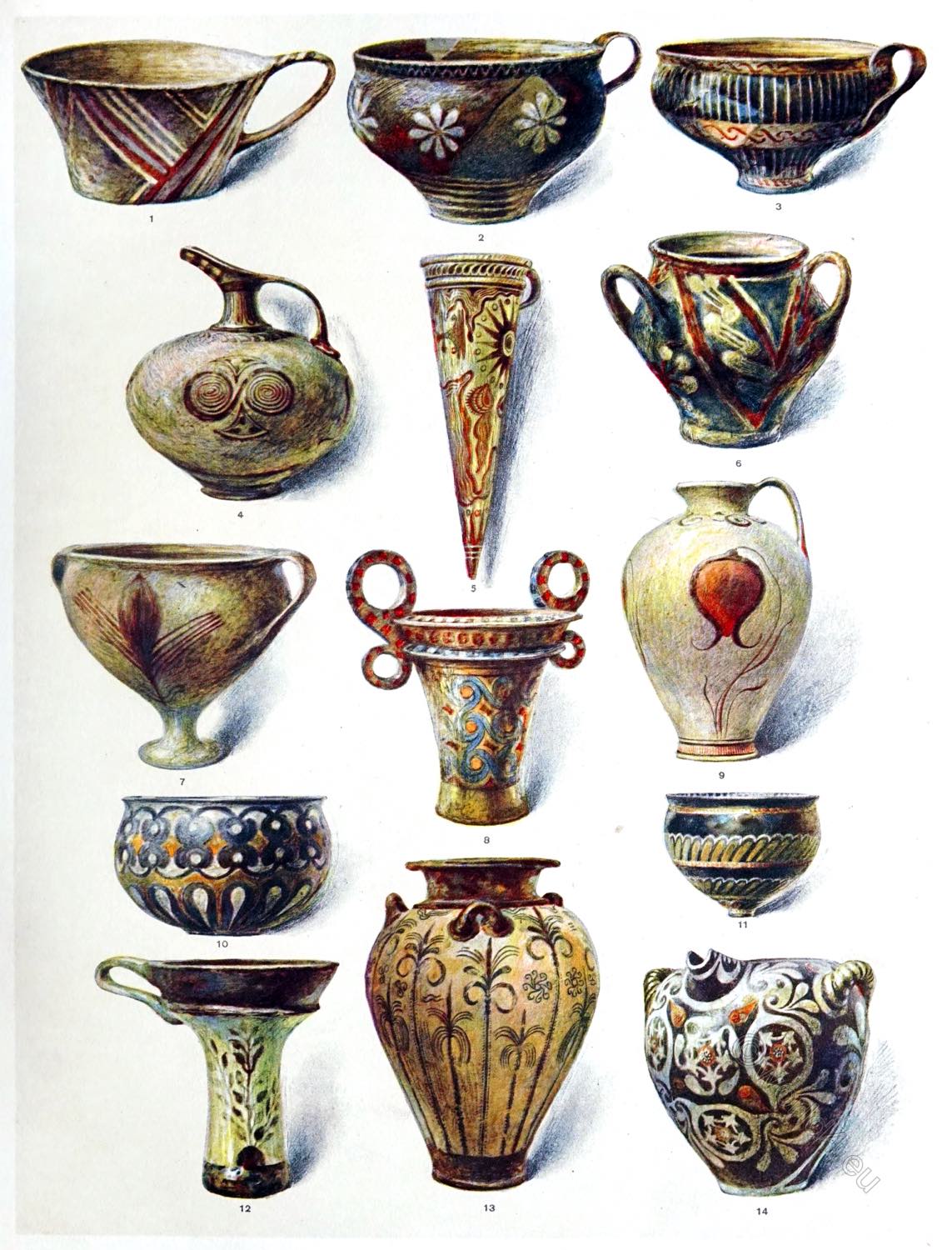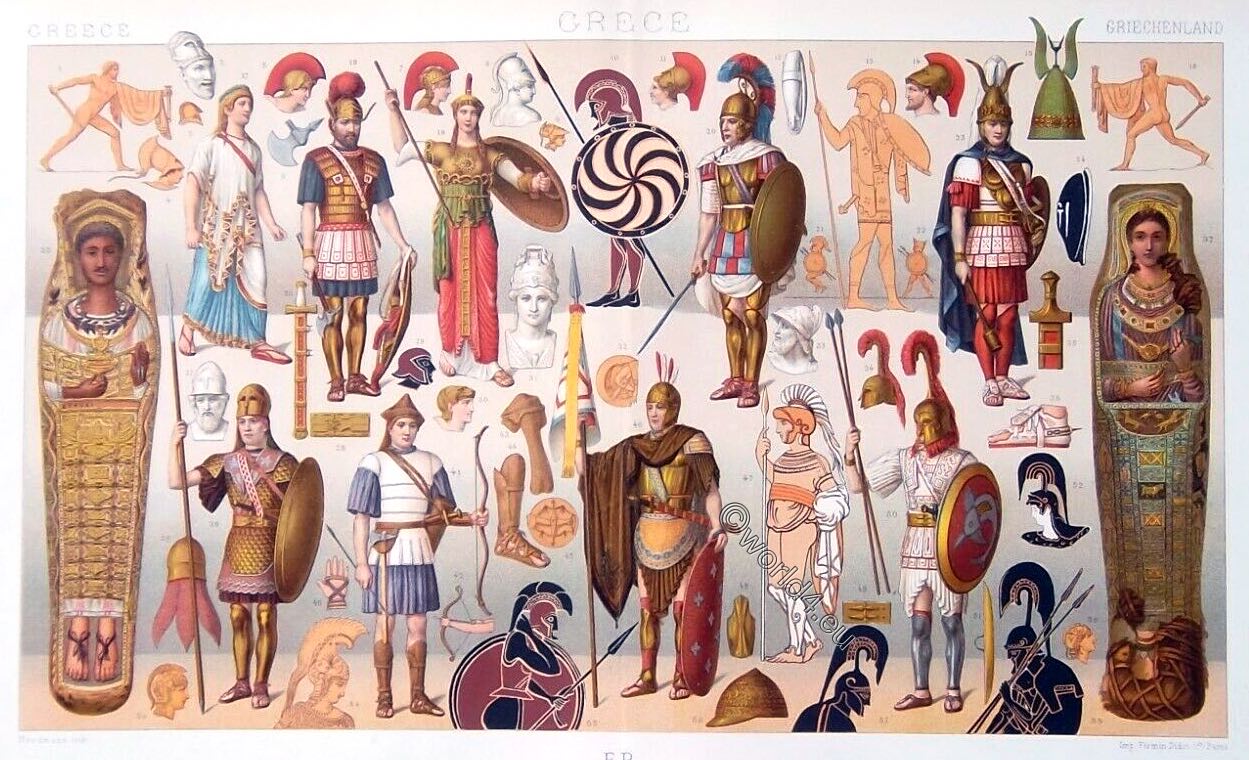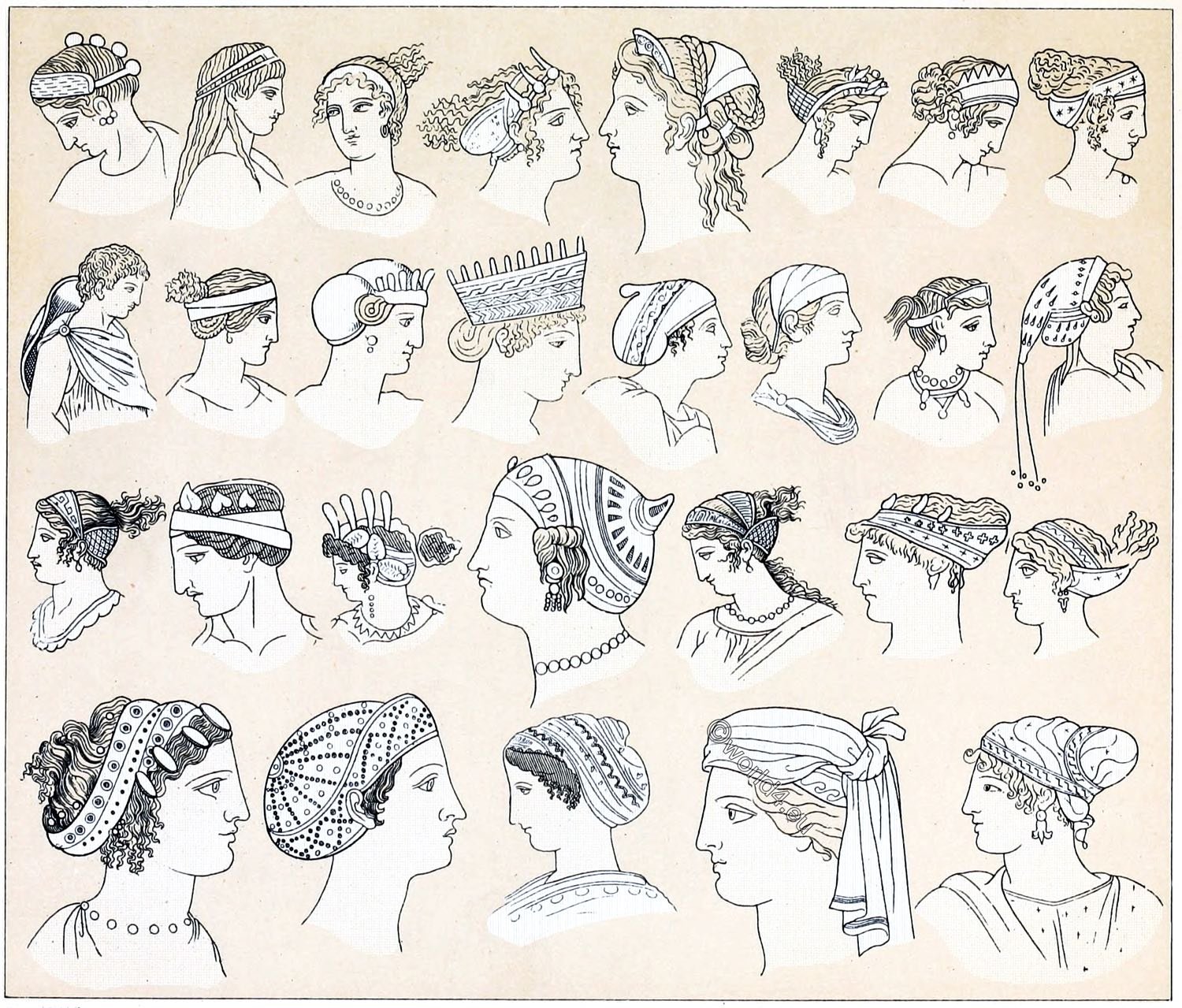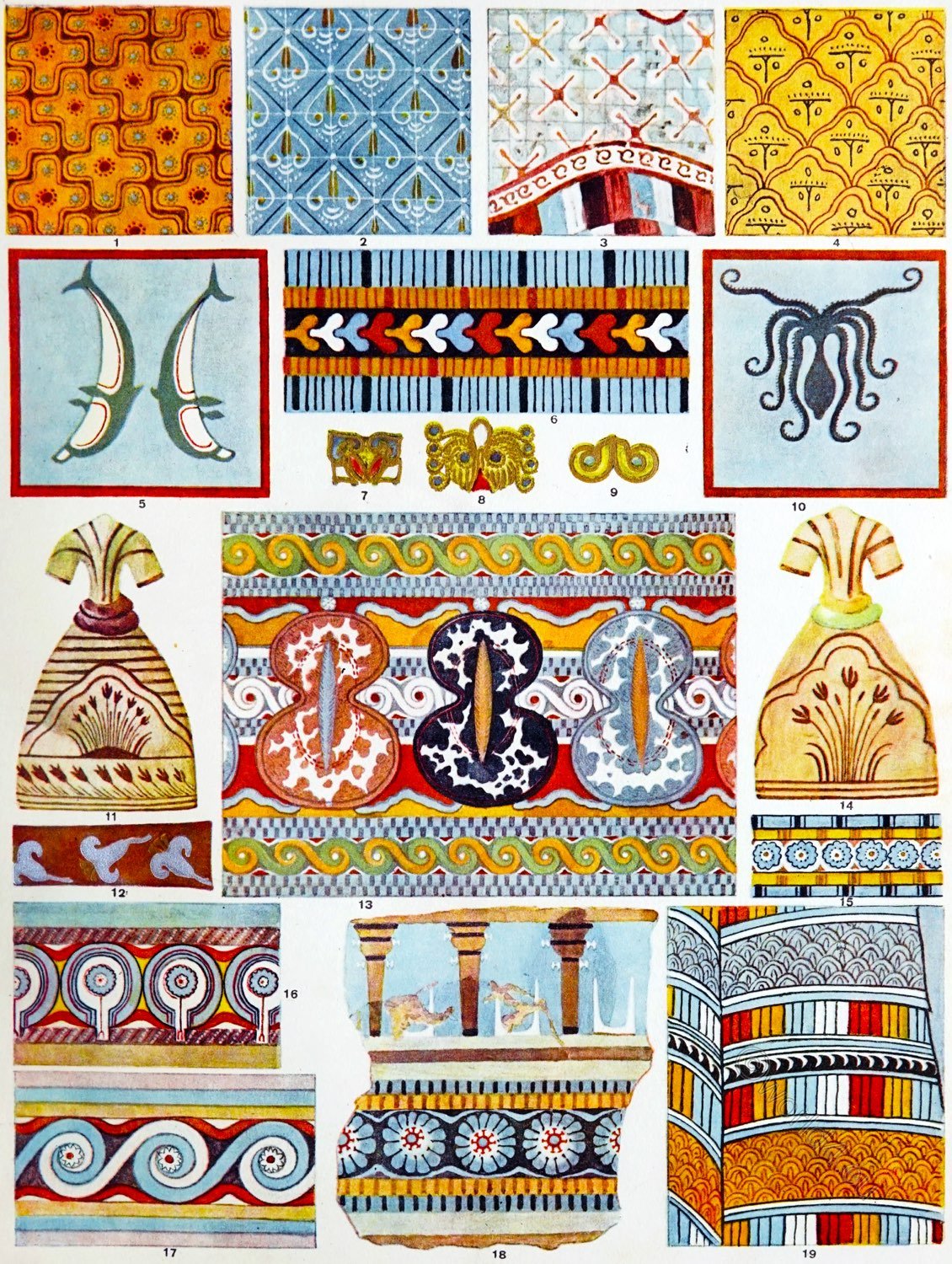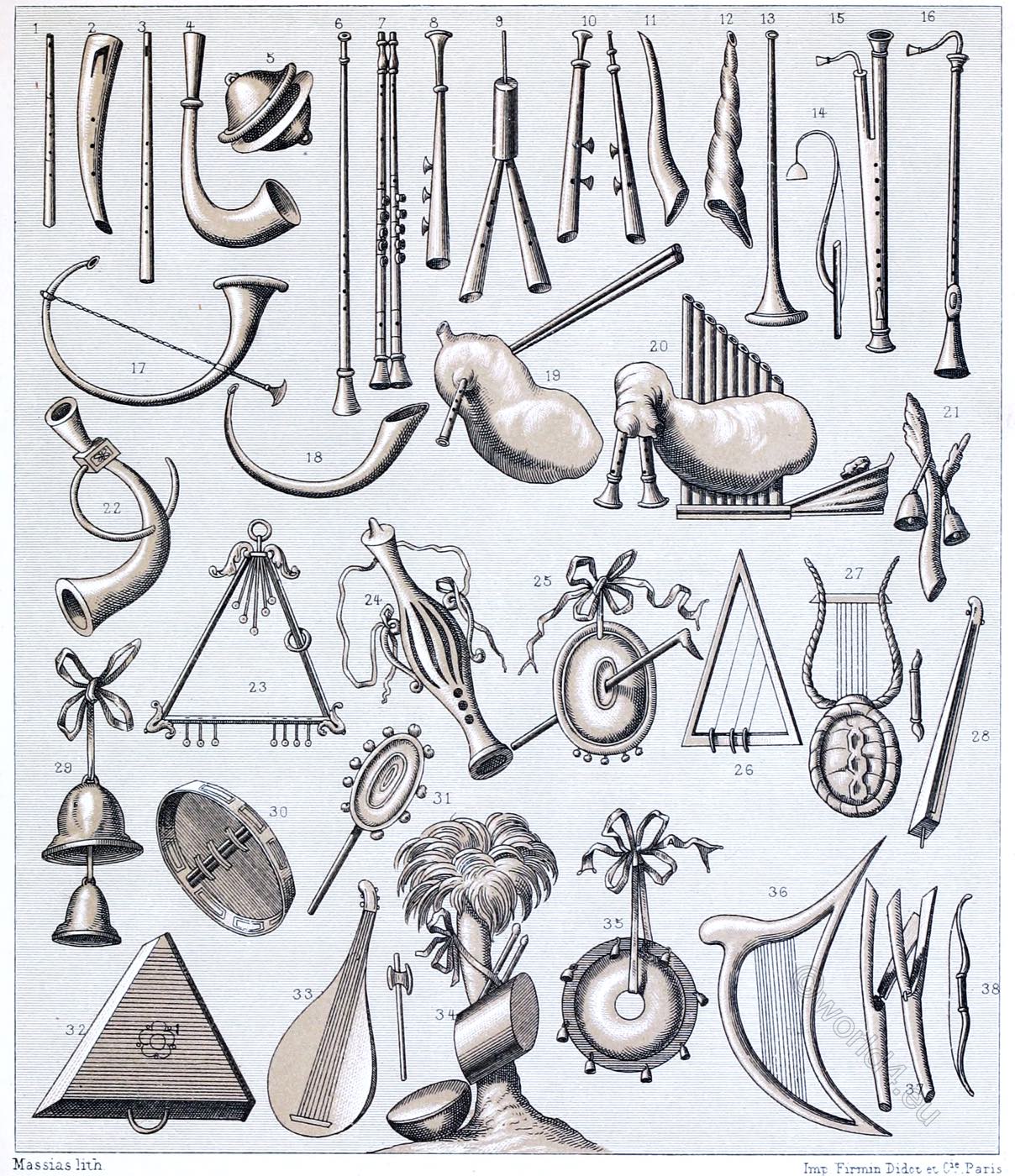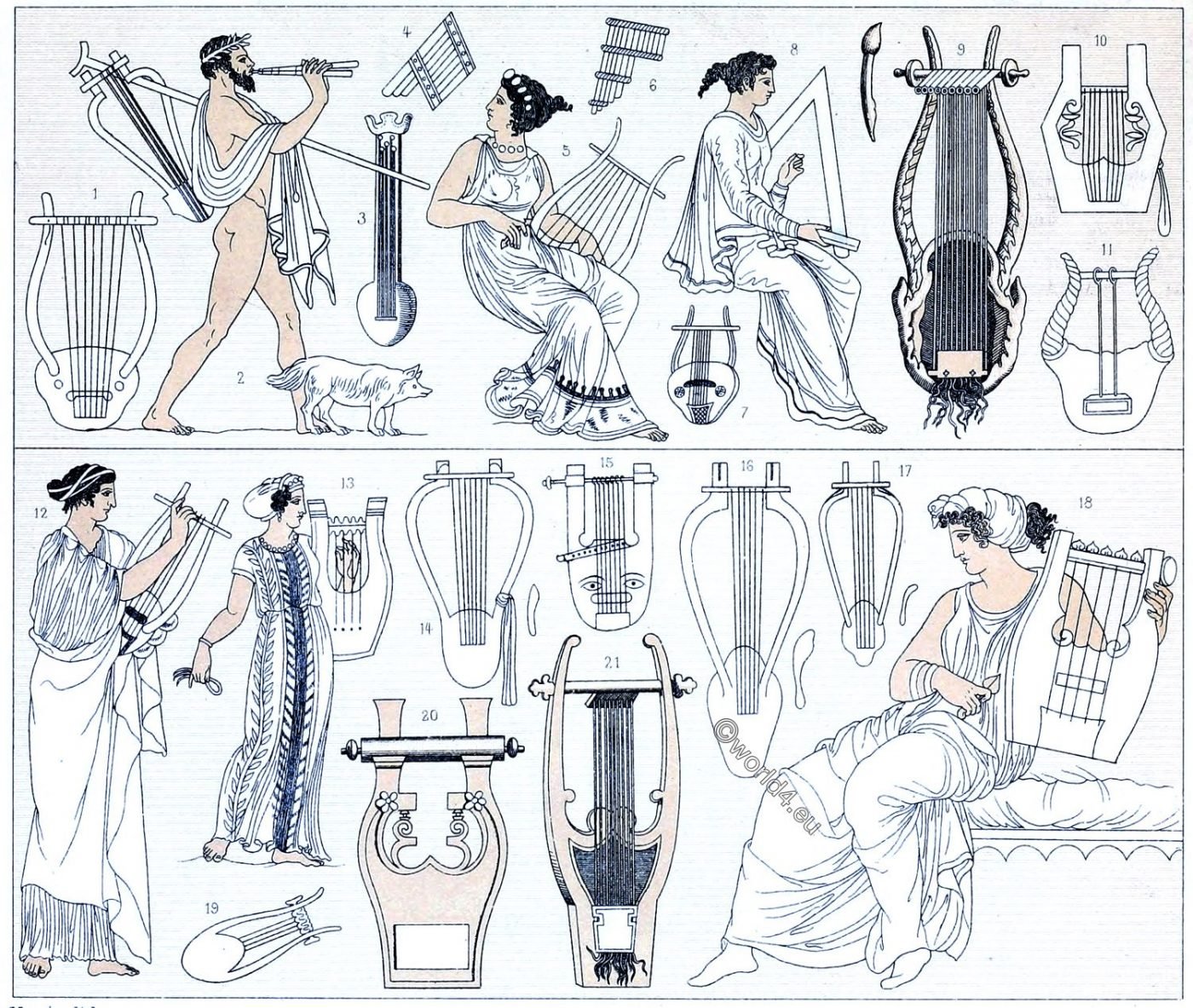
GREECE. MUSICAL INSTRUMENTS. LYRAS AND FLUTES.
The lyre and the flute were the most popular musical instruments of the Greeks. Although the invention of the former is attributed to Hermes, who is said to have spanned the accidentally found shell of a dried up tortoise with its skin stripes, the lyre is of Asian origin as well as the flute. However, while the former quickly settled in Greece, the latter was opposed to its introduction because it had a tantalizing effect.
She was used in Dionysian Mysteries and other orgiastic cults, which is also indicated by the legend that the satyr Marsyas picked up the flute thrown away by Athena, whose facial features had been distorted during its playing, and challenged Apollo to a competition with Kithara. That is why Plato wanted the flute banished from his ideal republic.
Even in the historical period that the monuments tell us about, the back and chest shell of the turtle was used to make the soundboard. “In the natural openings of this shell, from which the forelegs protrude, the winding horns of the goat were fixed with their root ends, which were connected by a yoke near their tips. The strings were stretched over this frame in the following way: a bridge was fastened to the breastplate of the turtle shell, over which the strings, which were fastened somewhat lower in the sound box by means of knots, continued to the yoke and were here either simply looped around or kept in tension by means of swivels”.
Later the arms of the lyre were made of wood, ivory, metal and other materials. But the form of these remained the tortuous one of the earlier animal horns. The strings were made of sheep intestine, flax threads and later metal wires. When the lyricist sat, he put the instrument on his knees; when he stood, he wore it on a strap hung around his neck. The number of strings went up to twenty and forty. Magadis, who came from Lydia, was a lyre with twenty strings and two full octaves. It is mentioned by Anakreon, while Sappho is said to have used the pectis.
A special kind of lyres, which is handled in vase pictures especially by Sappho and Alkaios, is designed as follows: “From the soundbox, which is formed by a small turtle bowl, two straight wooden arms rise in diverging directions, which bend against each other at their upper ends, where the yoke connects them”. Archaeologists believe that this lyre contains the barbitone, a deep-sounding instrument that Terpandes from Lydia is said to have introduced to Greece. Another type of lyre was the epigoneion, which had forty sides. Magadis and Epigoneion were played with both hands. So the plectron was not necessary.
According to Pollux, the plectron with which the strings were struck originally consisted of the nail of an animal’s claw or horn, usually the goat. Then it was made of precious fabrics, especially ivory. In former times it must have been very heavy, because the legend says that Hercules killed his teacher, the singer Linos, with it.
Over time, the lyras became more and more precious and richer in artistic decoration, for which vase pictures and reliefs provide us with numerous examples. Lucian tells us that a certain Euangelos of Taranto appeared in the pythic games with a lyre made of the finest gold and decorated with rings, precious stones and beautiful sculptures representing Apollo, the Muses and Orpheus.
The flutes were used at religious and bourgeois festivals and ceremonies. Their different forms, which were the same in Romans and Greeks, are depicted on the panel with the violin under no. 1, 2, 3, 4, 7 10. When blowing the double flute, both Roman and Greek flute players made use of a leather cheek and lip bandage, “through the metal mouthpiece of which the mouthpieces of the double clarinet were inserted. The purpose of this bandage was to prevent excessive breathing during blowing, which would have made it impossible to produce softer sounds.”
No. 2: Wandering musician with double flute and lyre suspended from the walking stick.
No. 13: Zither player. The object she is holding in her right hand seems to be a reserve string.
No. 1: Ordinary form of the lyre.
No. 3: A stringed instrument similar to a guitar.
No. 4 and 6. The syrinx or panpipe made of reed. It contained seven to nine, exceptionally also eleven longer and shorter pieces of reed, which were glued together with wax and fastened even better to each other by crosspieces.
No. 5: Zither player with the plectron in her right hand.
No. 7, 10, 11, 12, 14-21. Various forms of lyre. No. 11 is a two-sided instrument. No. 12 tensions the strings. No. 14 shows the carrying strap, No. 15 how the plectron was fastened when it was not needed. In 16, 17, 9 the plectrons are added.
No. 8: Trigonttin or harp.
No. 9. Eleven-stringed lyre after a mural from Herculaneum. The ends of the strings are loose, not fastened as in No. 21. The tubes of a syrinx are attached to the bridge connecting the two horns at the top.
(After Willemin, Costumes de l’Antiquiti. Guhl and Koner, the lives of the Greeks and Romans.)
Source: History of the costume in chronological development by Auguste Racinet. Edited by Adolf Rosenberg. Berlin 1888.
Related
Discover more from World4 Costume Culture History
Subscribe to get the latest posts sent to your email.

